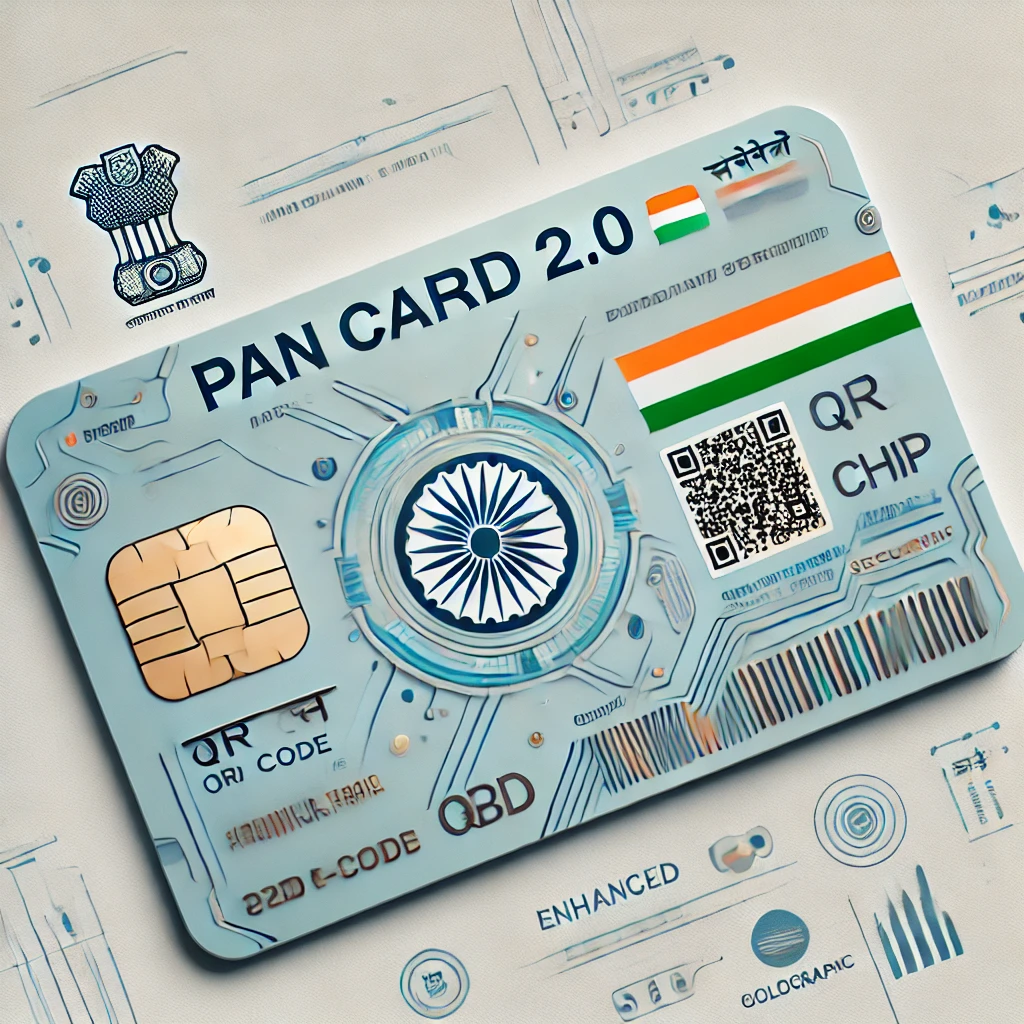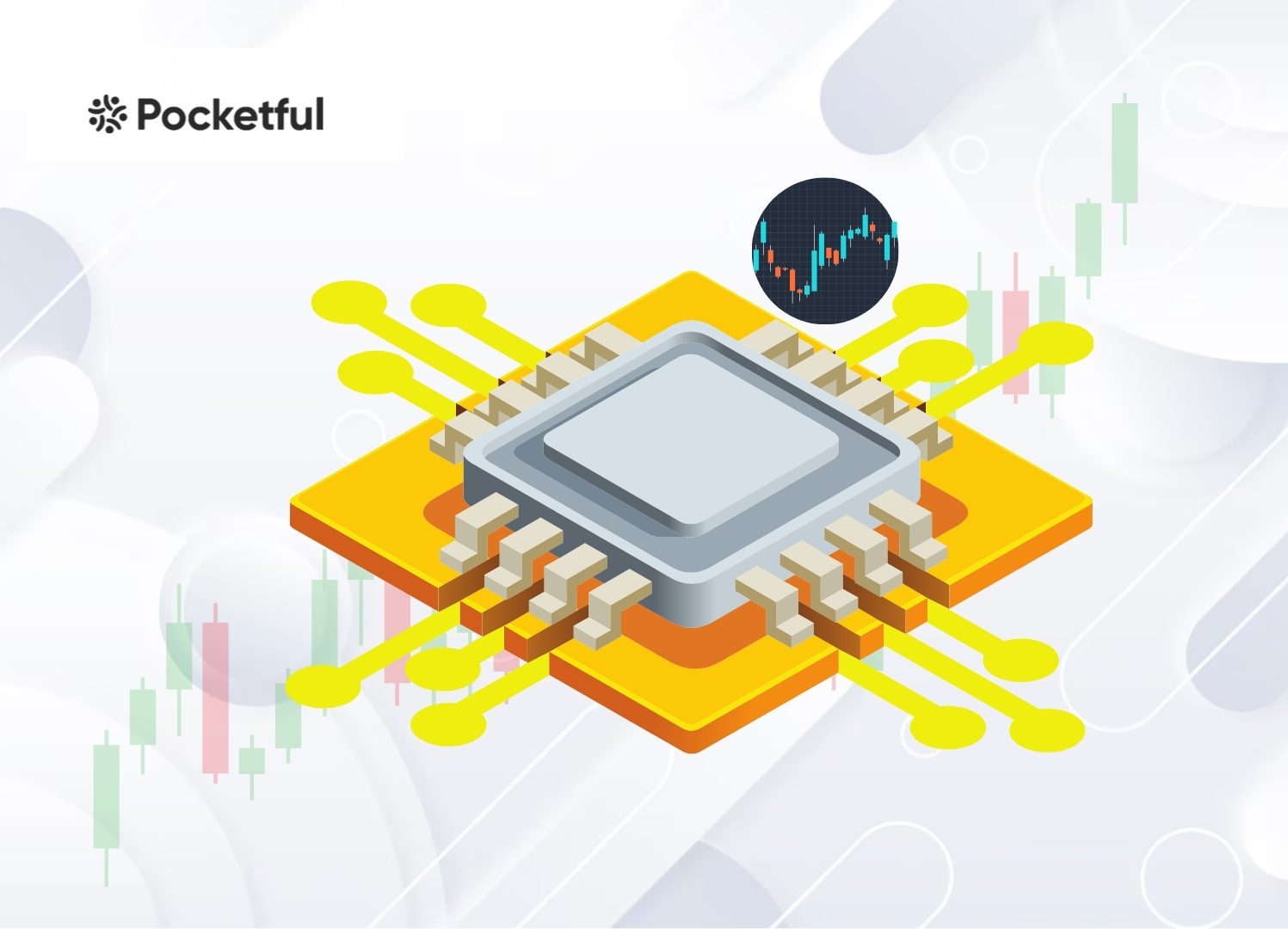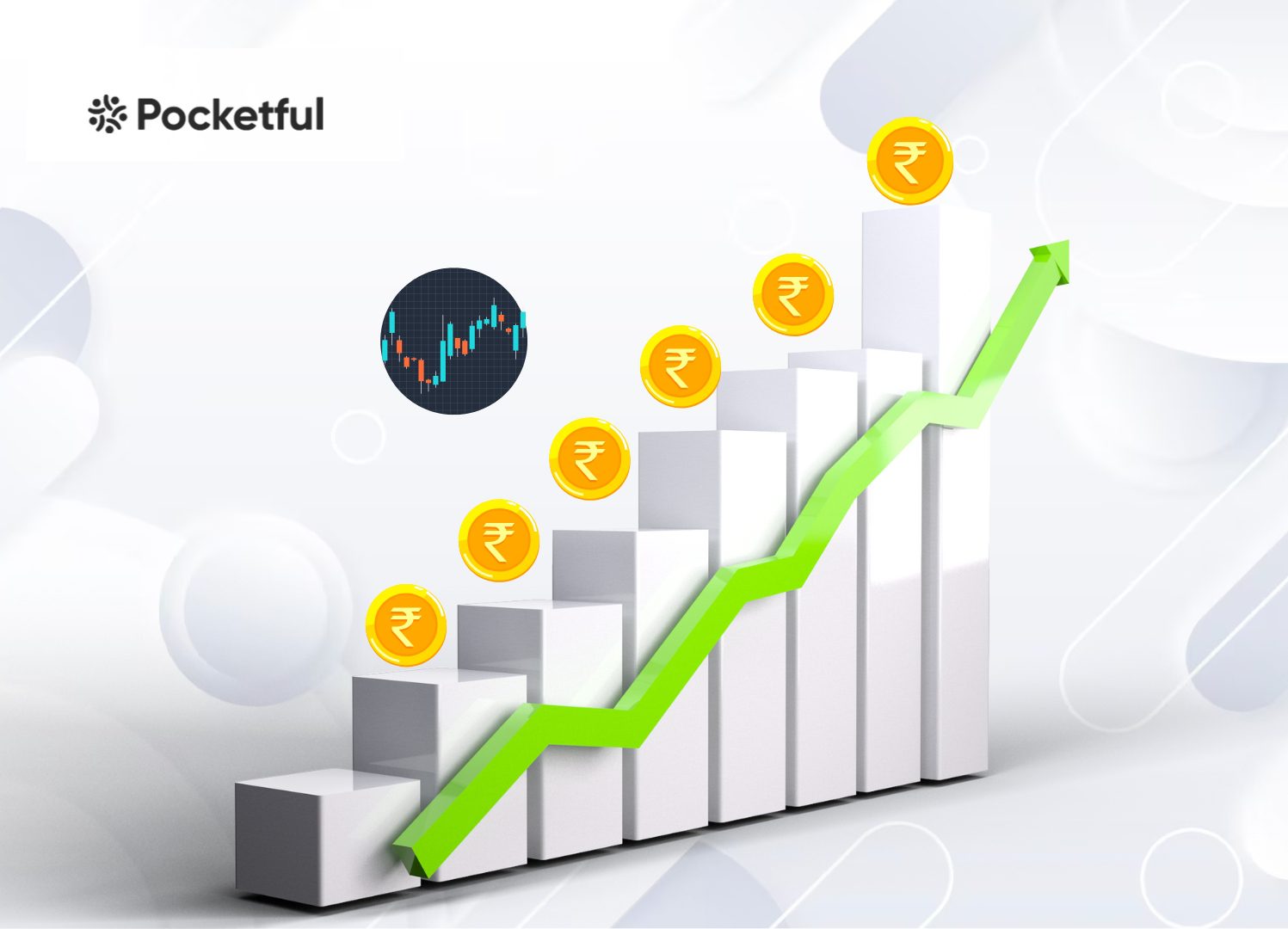Whenever you consider pulling out your car and heading to the gas station to fill it up, you realize that pollution is increasing daily due to traditional fuel sources. Electric vehicles are a growing trend as these vehicles run on electricity, which can be generated from renewable energy sources. However, if you’re wondering if there are any smallcap electric vehicle companies you can invest in, then you’ve found the right blog. There are several smallcap companies that are involved in the manufacturing of electric vehicles and their components.
In this blog, we will explain to you about the smallcap companies engaged in producing and distributing “Electric Vehicles” and their parts.
What are Electric Vehicle Stocks?
Electric vehicles are those vehicles that are powered by an electric motor and get their power from a battery that can be charged from an external source. Due to the surge in demand for electric vehicles, the companies engaged in the production of such vehicles and their spare parts, known as EV companies, are being actively tracked by investors.
List of Small Cap Electric Vehicle Stocks
The list of smallcap Electric Vehicle Stocks is given below:
- Lumax Industries Ltd.
- Gabriel India Ltd.
- RattanIndia Enterprises Ltd.
- HEG Ltd.
- Graphite India Ltd.
- Minda Corporation Ltd.
- Olectra Greentech Ltd.
- Amara Raja Energy & Mobility Ltd.
- Himadri Speciality Chemicals Ltd.
- Endurance Technologies Ltd.
Market Information of Smallcap Electric Vehicle Stocks
| Company | Current Market Price (₹) | Market Capitalisation (in ₹ crores) | 52-Week High (₹) | 52-Week Low (₹) |
|---|---|---|---|---|
| Lumax Industries Ltd. | 4,193 | 3,920 | 4,444 | 1,960 |
| Gabriel India Ltd. | 1,222 | 17,548 | 1,287 | 387 |
| RattanIndia Enterprises Ltd. | 61.3 | 8,473 | 84.7 | 37.4 |
| HEG Ltd. | 493 | 9,506 | 622 | 331 |
| Graphite India Ltd. | 518 | 10,126 | 623 | 366 |
| Minda Corporation Ltd. | 522 | 12,480 | 624 | 445 |
| Olectra Greentech Ltd. | 1,507 | 12,373 | 1,787 | 974 |
| Amara Raja Energy & Mobility Ltd. | 1,036 | 18,966 | 1,453 | 805 |
| Himadri Speciality Chemicals Ltd. | 454 | 22,403 | 689 | 351 |
| Endurance Technologies Ltd. | 3,004 | 42,259 | 3,048 | 1,556 |
Overview of Small Cap Electric Vehicle Stocks
The overview of the smallcap EV stocks is given below:
1. Lumax Industries Limited
Part of the Lumax Group, Lumax Industries was first founded in 1981 as a private limited company before being converted into a public limited company in 1984. The business began producing and marketing lighting equipment for the automobile sector after partnering with Stanley Electric Company Limited, a Japanese business. The company has about 12 manufacturing facilities spread throughout India, and its R&D division creates products that adhere to international standards. Headlamps, tail lamps, fog lamps, interior lamps, indicators, and more are among the company’s goods. The company’s headquarters are located in Gurugram.
Know the Returns:
| 1Y Return (%) | 3Y Return (%) | 5Y Return (%) |
|---|---|---|
| 44.84% | 156.84% | 181.88% |
2. Gabriel India Limited
Founded in 1961, it is considered one of the major manufacturers of ride control devices, including front forks, struts, and shock absorbers. The manufacturing sites are spread across India in different locations such as Chakan, Nasik, Devas, etc. The business offers a wide range of products to various automotive industries, such as two-wheelers, passenger cars, commercial vehicles, and railroads. The company offers 300 distinct models and exports its products worldwide. Additionally, Gabriel India exports its goods all over the world, and its headquarters are located in Mumbai.
Know the Returns:
| 1Y Return (%) | 3Y Return (%) | 5Y Return (%) |
|---|---|---|
| 135.41% | 615.79% | 1.043.93% |
3. RattanIndia Enterprises Limited
The business, which is a part of the RattanIndia Group, was established in 2010. The business changed its name to RattanIndia Enterprises Limited in 2018. The corporation recently made a major entry into the electric vehicle (EV) industry in 2022 when it acquired a 100% share in Revolt Motors, a manufacturer of electric motorcycles. The company’s headquarters are located in New Delhi.
Know the Returns:
| 1Y Return (%) | 3Y Return (%) | 5Y Return (%) |
|---|---|---|
| -22.46% | 14.29% | 775.14% |
4. HEG Limited
The company was founded in 1972 and was a member of the Bilwara Group of Industries. HEG’s primary goal is to produce graphite electrodes, anodes, and other carbon and graphite products. The company became one of the largest single-site graphite electrode plants in the world when it increased its manufacturing capacity to 80,000 metric tons annually. Over 70% of the company’s graphite electrodes are exported to over 30 nations worldwide. The company’s headquarters are located in New Delhi.
Know the Returns:
| 1Y Return (%) | 3Y Return (%) | 5Y Return (%) |
|---|---|---|
| 24.19% | 104.21% | 201.29% |
5. Graphite India Limited
The business was founded in 1967 and was supported by HL Investments Private Limited, HL Financial Consultants, and HL Management Services Private Limited. The company underwent a major transformation in 2000 when it merged two separate entities, solidifying its position in the sector. In 2004, the company moved internationally and purchased a German electrode manufacturing company, further solidifying its position in the industry. In 2023, Graphite India acquired a 31% stake in GODI India, a company that develops sustainable batteries for electric vehicles. Steel, aluminium, chemical, solar, and other industrial applications are among the industries that the company serves with a broad range of goods to meet their needs. The company’s headquarters is in Mumbai.
Know the Returns:
| 1Y Return (%) | 3Y Return (%) | 5Y Return (%) |
|---|---|---|
| 2.23% | 27.28% | 175.67% |
6. Minda Corporation Limited
Originally founded as Minda Switch Auto Private Limited in 1985, Minda Corp is primarily focused on producing ignition switches for the automotive industry. A joint venture with a German corporation was formed later in 1996 to increase the company’s technological capabilities. Following the conclusion of the joint venture with the German corporation in 2007, the business changed its name to Minda Corporation Limited. The business has a design bureau in Japan and builds manufacturing facilities all around the world. The company’s headquarters is in Delhi.
Know the Returns:
| 1Y Return (%) | 3Y Return (%) | 5Y Return (%) |
|---|---|---|
| -6.88% | 121.91% | 606.64% |
7. Olectra Greentech Limited
The business was first established in 2000 under the name Goldstone Teleservices Limited. This company started manufacturing composite polymer insulators in 2005, which was its first venture into the power sector. They later changed the name to Goldstone Infratech Ltd in 2008, as this name better reflected their infrastructure business. With a focus on green technology, the company changed its name to Olectra Green Tech Limited later in 2018. The company’s main offerings include electric buses, which are utilized for public transportation in cities and between cities. These buses have contemporary designs and are powered by lithium-ion batteries. The company’s headquarters are located in Hyderabad.
Know the Returns:
| 1Y Return (%) | 3Y Return (%) | 5Y Return (%) |
|---|---|---|
| -2.05% | 141.01% | 2,075.16% |
8. Amara Raja Energy & Mobility Ltd.
Dr. Rama Chandra N. Galla established the business in 1985. Initially, it was incorporated as a private limited company, however, it was changed to a public limited company later in 1990. In 1992, the company opened its first manufacturing facility and began producing free lead acid batteries with sealed maintenance. Later, in 1997, the business formed a joint venture with Johnson Controls Incorporated, a world leader in car batteries. In 1999, the business introduced its Amaron brand, which soon rose to prominence as one of India’s most well-known automobile battery brands. It is renowned for its excellent performance and lack of maintenance.
Amara Raja Energy & Mobility Ltd. initially exclusively made batteries for four-wheelers, but to meet the expanding needs of the automobile sector, it began creating a line of products between 2000 and 2008 that included batteries for two-wheelers. The company’s manufacturing plants are dispersed throughout India, and its headquarters are located in Hyderabad.
Know the Returns:
| 1Y Return (%) | 3Y Return (%) | 5Y Return (%) |
|---|---|---|
| -27.11% | 91.00% | 39.25% |
9. Himadri Speciality Chemicals Limited
The company was established in 1987. In the beginning, it was known as Himadri Castings Pvt, Ltd. In 1991, Himadri Chemicals and Industries Private Limited was the new name of the business. This transformed it into a public limited company. The company launched its IPO in 1993 to finance its production capacity. The company ultimately renamed itself Himadri Speciality Chemical Limited in 2016 to better reflect its chemical expertise. The company’s headquarters is in Kolkata.
Know the Returns:
| 1Y Return (%) | 3Y Return (%) | 5Y Return (%) |
|---|---|---|
| -13.18% | 350.05% | 764.06% |
10. Endurance Technologies Limited
Established in 1999, Endurance Technologies Ltd. was once known as Endurance Suspension Systems India Private Limited. The company is a prominent maker of automobile components, with a focus on suspension transmissions, aluminium die casting, and braking-related goods. To grow its commercial activities, the company raised money in 2016 by listing on the Indian Stock Exchange and conducting an IPO. At the moment, the corporation operates over 32 manufacturing facilities throughout Europe and India. The company’s headquarters is in Mumbai.
Know the Returns:
| 1Y Return (%) | 3Y Return (%) | 5Y Return (%) |
|---|---|---|
| 17.95% | 99.27% | 182.62% |
Benefit of Investing in Small Cap Electric Vehicle Stocks
Including smallcap electric vehicle stocks in your portfolio will be beneficial for you for below-mentioned reasons:
- Growth potential: Smallcap stocks issued by the companies of the EV sector are generally in their early stages, which reflects that they have significant potential for longer-term growth.
- Innovative technology: EV companies are focused on developing innovative technologies, such as charging solutions and unique designs, through which they position themselves to participate in the future growth of the electric vehicle sector.
- Government support: The government provides various kinds of incentives to promote the adoption of electric vehicles and to make the environment clean.
- Diversification: Including electric vehicle stocks in your portfolio will reduce the overall risk of your portfolio.
Factors to Be Considered Before Investing in Electric Vehicle Stocks
There are multiple factors one should consider before investing in an electric vehicle stock:
- Volatility: small-cap stocks are generally more volatile when compared with other mid-cap and large-cap stocks. Therefore, an investor who is looking to invest in smallcap electric vehicle stocks needs to be prepared for volatility price fluctuations.
- Financial performance: An investor is required to properly evaluate the financial performance of a company, which includes revenue, profitability, cash flows etc.
- Government policies: Any significant changes by the government in their policy related to the promotion of the electric vehicle sector might impact the profitability of the company negatively.
Future of the Electric Vehicle Sector in India
Thanks to the government’s assistance in the form of subsidiaries and other initiatives, the electric car industry in India has a bright future. The demand for EVs in India is expected to rise in tandem with the ongoing increases in gasoline prices and the country’s citizens’ growing disposable income. A target of 30% EV penetration by 2030 is being proposed by the government. In the global auto market, India came in third place out of all the nations. Additionally, as environmental concerns have grown, the Indian government is pushing for the adoption of EVs because they are an important tool for lowering pollution and improving air quality.
Conclusion
To sum up, the electric car industry has a lot of promise for success in the years to come and has already proven to be growing. The electric car market is crucial to the environment since nations are becoming more concerned about it. Before making any investment decisions, an investor should speak with their investment advisor because investing in electric vehicle stocks carries several risks.
Read Also: 5 Top EV Penny Stocks in India
| S.NO. | Check Out These Interesting Posts You Might Enjoy! |
|---|---|
| 1 | List Of Best Healthcare Stocks in India |
| 2 | 7 Top Food Stocks in India |
| 3 | 10 Best Copper Stocks in India |
| 4 | List Of Best Logistics Stocks in India |
| 5 | List of Best Liquor Stocks in India |
Frequently Asked Questions (FAQs)
Is it worth investing in Electric Vehicle stocks?
Since the globe is moving toward sustainable energy supplies, electric vehicles present a great investment opportunity. However, there are several risks associated with this industry, so investors should think about their risk tolerance before purchasing EV stocks.
How can government policies impact the performance of Electric Vehicle stocks?
The government is concentrating on advancing the EV industry by offering several subsidies and developing several rules, all of which will have an immediate effect on the sector’s expansion.
Is it good to diversify my portfolio into Electric Vehicle stocks?
If you want to diversify your portfolio, you can invest in electric car stocks, but only after taking your risk profile into account. This is because investing in diverse sectors enables you to manage your risk acceptably.
Why are electric cars not famous in India?
The low popularity of electric vehicles in India can be attributed to several factors, including expensive battery costs, restricted manufacturers, short range, and a lack of charging points; however, due to the incentive schemes of the government, this sector has gained some popularity in the last few years.
Which smallcap companies are engaged in the production of electric vehicles and components in India?
There are various companies, such as Ratan India Enterprises Ltd, Graphite India Limited, and Gabriel India Limited. Endurance Technologies Limited, etc., are engaged in the production and distribution of electric vehicles and their components.











